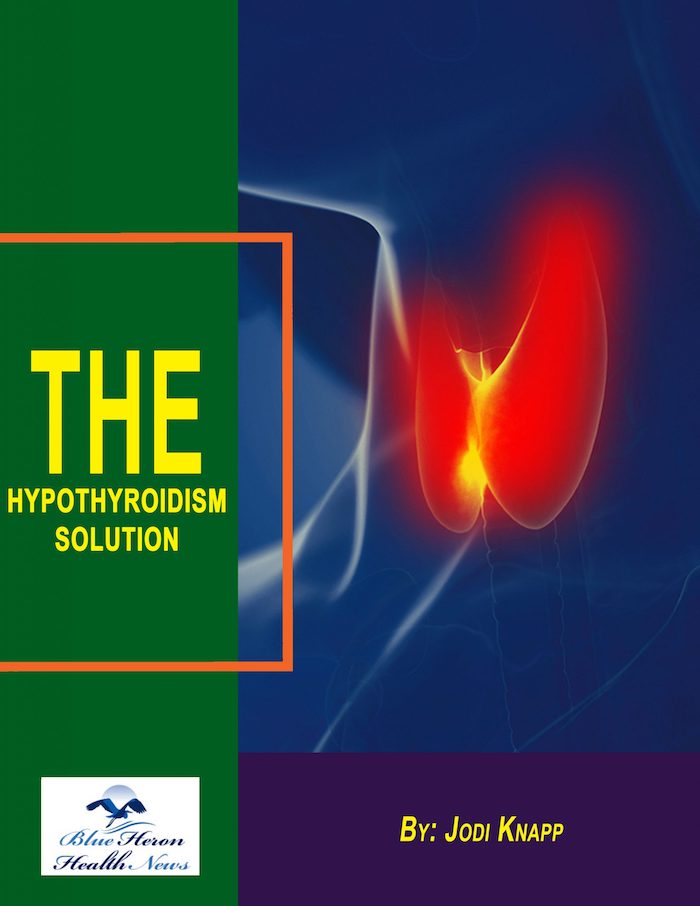
What is the role of genetic testing in hypothyroidism?
Genetic testing can play a role in understanding the underlying causes of hypothyroidism, especially when there is a family history of thyroid disorders. While most cases of hypothyroidism are due to autoimmune diseases like Hashimoto’s thyroiditis, genetic factors can contribute to a person’s susceptibility.
Here’s how genetic testing might be useful in hypothyroidism:
- Identifying Genetic Predisposition: Certain genes may increase the risk of developing autoimmune thyroid disease. For example, variants in the HLA (human leukocyte antigen) genes have been associated with autoimmune thyroid conditions, including Hashimoto’s thyroiditis.
- Understanding Inherited Patterns: In some cases, hypothyroidism may run in families. Genetic testing can help identify inherited risk factors, allowing for earlier diagnosis and intervention in family members who may be at higher risk.
- Diagnosing Rare Genetic Causes: Although rare, some genetic mutations can cause congenital hypothyroidism or thyroid hormone resistance. Genetic testing can help confirm these conditions and guide treatment decisions.
- Personalized Treatment: Genetic testing can also inform treatment options. For example, some individuals may have variations in genes involved in the metabolism of thyroid hormones, which could affect how they respond to thyroid hormone replacement therapy.
While genetic testing isn’t typically the first step in diagnosing hypothyroidism, it can be useful in specific cases to clarify the cause or to assess risk, particularly in individuals with a strong family history or atypical presentations.
Borderline hypothyroidism, often referred to as subclinical hypothyroidism, is when thyroid-stimulating hormone (TSH) levels are elevated, but thyroid hormone (T3 and T4) levels remain normal. This condition may not cause obvious symptoms, but it can still be important to monitor and manage. Here’s how it is typically handled:
1. Monitoring TSH Levels
- Regular Testing: Patients with borderline hypothyroidism should have their TSH levels monitored regularly to check for any worsening of thyroid function. This might involve testing every 6-12 months, depending on the initial levels and the patient’s risk factors.
2. Assessing Symptoms
- Even if TSH levels are slightly elevated, treatment may be considered based on the patient’s symptoms. If symptoms like fatigue, weight gain, or cold intolerance are present, a more proactive approach might be taken.
3. Consideration of Risk Factors
- Risk factors for progression to overt hypothyroidism, such as age, family history of thyroid disease, autoimmune thyroid disease (e.g., Hashimoto’s thyroiditis), and the presence of other autoimmune disorders, may influence management.
4. Thyroid Hormone Replacement Therapy
- When to Start: If symptoms are present or if the TSH levels are significantly elevated (typically over 10 mU/L), thyroid hormone replacement (e.g., levothyroxine) may be recommended. Some guidelines suggest starting treatment if TSH levels are above 10 mU/L, while others may consider treatment for patients with TSH between 4.5-10 mU/L if symptoms are present.
- Individualized Approach: In some cases, treatment may be initiated to prevent progression to overt hypothyroidism, especially if the patient has risk factors.
5. Lifestyle and Diet
- While thyroid hormone replacement is the primary treatment, lifestyle factors such as a balanced diet and regular exercise can help manage symptoms. Maintaining an adequate intake of iodine (if applicable) and selenium may also support thyroid function.
6. Periodic Re-evaluation
- In cases where treatment is not initiated, re-evaluating TSH levels at regular intervals is important. If TSH continues to rise or symptoms worsen, initiating thyroid hormone therapy may become necessary.
7. Consideration of Pregnancy or Fertility
- If the patient is pregnant or trying to conceive, treatment is more commonly started, as subclinical hypothyroidism can potentially affect fertility and pregnancy outcomes. Monitoring and managing thyroid levels in these cases is more critical.
Overall, the management of borderline hypothyroidism involves a careful balance between monitoring and considering individual symptoms and risk factors. The goal is to prevent progression to overt hypothyroidism and improve quality of life if symptoms are present.
The Hypothyroidism Solution™ By Jodi Knapp The Hypothyroidism Solution™ By Jodi Knapp Jodi has provided a stepwise guide in the form of The Hypothyroidism Solution to help you in regulating the levels of your thyroid in a better and natural way. Along with curing hypothyroidism, it can also care a number of other health issues experienced by people all over the world. No side effect due to this program has been reported so far. So you can follow this program without any financial as well as emotional risk